A cartoon drawing of what Hale might have looked like as he gazed through his telescope.
George Hale
George Hale was an American astronomer born in 1868. Even as a child, Hale was interested in the
stars. His father even built him his own observatory in the backyard. An observatory is a place where telescopes are kept.
After going to college, Hale volunteered at Harvard College's Observatory. Then he helped set up other observatories. He also helped to start the field of Astrophysics. George Hale passed away in 1938.
You might also be interested in:

How did life evolve on Earth? The answer to this question can help us understand our past and prepare for our future. Although evolution provides credible and reliable answers, polls show that many people turn away from science, seeking other explanations with which they are more comfortable.
...more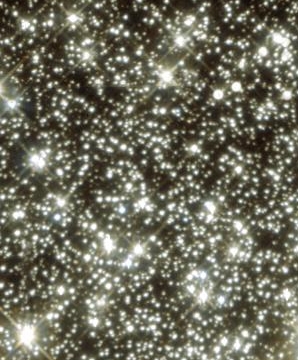
The pinpoints of light that you see in the night sky are stars. Your ability to see the stars depends on how bright they are, as well as how close they are to Earth. Stars are giant balls of gas in space
...more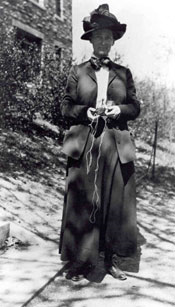
Florence Bascom, who lived from 1862 until 1945, was one of the most important geologists in the United States. She studied mineral crystals by looking at them very closely with a microscope. She also
...more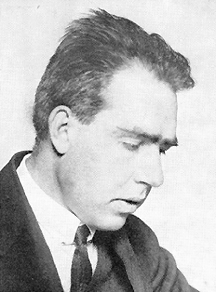
Niels Bohr was a Danish physicist who lived between 1885-1962. He studied the structure of atoms and developed a new theory about how the electrons in an atom were arranged. After helping build the first
...more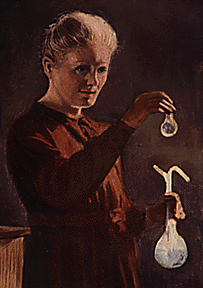
Marie Curie was a physicist and chemist who lived between 1867-1934. She studied radioactivity and the effects of x-rays. She was born Maria Skłodowska in Warsaw, Poland. Women could not study then
...more
Albert Einstein was a German physicist who lived between 1879-1955. He is probably the most well-known scientist in recent history. Have you heard of Einstein's famous theory? It is called the theory
...more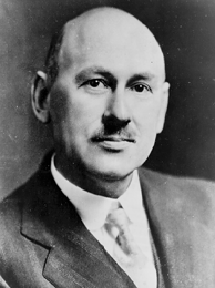
Robert Goddard was an American physicist who lived between 1882-1945. He studied rockets and showed how they could be used to travel into outer space and to the Moon. Goddard experimented with different
...more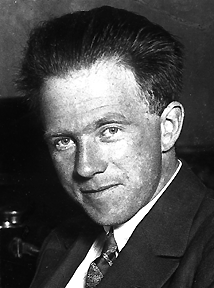
Werner Heisenberg was a German physicist who lived between 1901-1976. Heisenberg is most famous for his "uncertainty principle", which explains the impossibility of knowing exactly where something is
...more















